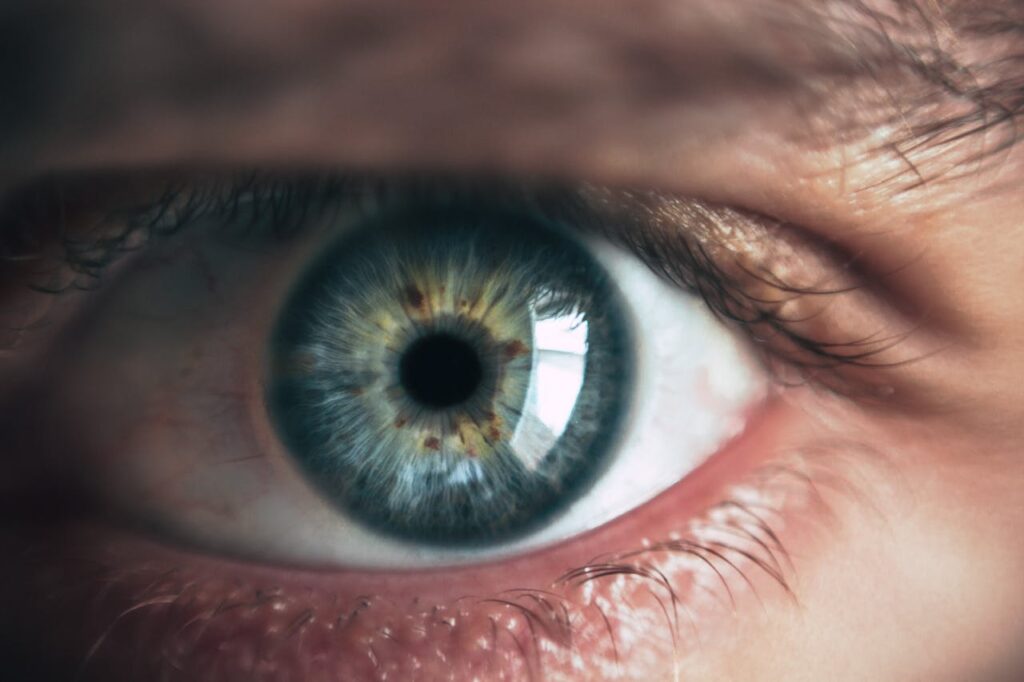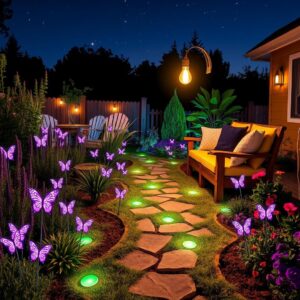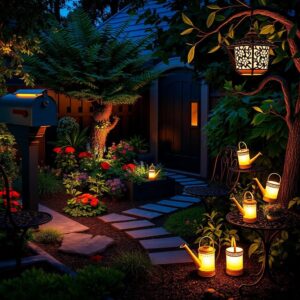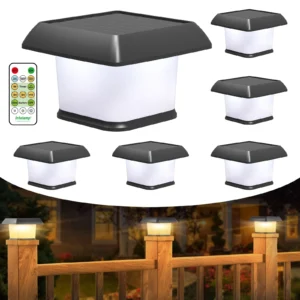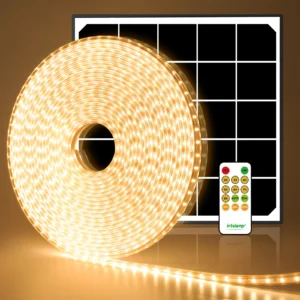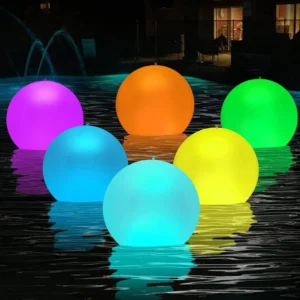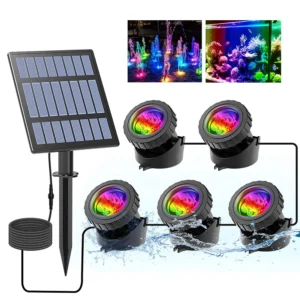Many people are concerned about eye health, particularly regarding the impact of different types of lighting. This article addresses common questions: Are grow lights or LEDs bad for your eyes? What precautions should you take with these lights? Understanding the effects of lighting on eye safety is crucial for maintaining healthy vision.
Importance of Eye Health
Eye health is vital for overall well-being. Prolonged exposure to certain types of light can lead to various eye issues, making it essential to understand the risks associated with lighting, especially in grow rooms.
LED Lights and Eye Safety
Characteristics of LED Lights
LED (Light Emitting Diode) lights are known for their energy efficiency, longevity, and versatility. They emit light through a semiconductor, which allows for a focused beam of light in a narrow spectrum. This characteristic results in high brightness and intensity, making LEDs suitable for various applications, including residential, commercial, and agricultural lighting. Additionally, LEDs come in different color temperatures, from warm white to cool blue, providing flexibility in lighting design.
Comparison to Traditional Light Bulbs Regarding Eye Safety
When comparing LED lights to traditional incandescent or fluorescent bulbs, the differences in eye safety are significant. Traditional bulbs emit light in all directions, dispersing it over a wider area, which reduces intensity and minimizes potential eye strain. In contrast, LED lights produce a concentrated beam that can be much harsher on the eyes. This focused light can lead to glare, increasing discomfort and fatigue, especially during prolonged exposure. While traditional bulbs are generally safe to look at directly for short periods, LED lights—particularly high-intensity versions—pose a greater risk of retinal damage if stared at directly.
Potential Harm from Staring Directly at LED Lights, Especially Grow Lights
Staring directly at LED lights can be particularly harmful due to their intense brightness. LED grow lights, designed to optimize plant growth, emit significantly more lumens than standard household LEDs. This high intensity can cause immediate discomfort and may lead to long-term vision problems, including retinal damage or photophobia (sensitivity to light). As a result, it’s crucial to avoid looking directly at these lights, especially when working in close proximity to grow setups. To mitigate risks, users should consider wearing protective eyewear specifically designed to filter out harmful wavelengths and reduce glare when working with LEDs in grow rooms or other settings.
Types of Grow Lights
Explanation of the Electromagnetic Spectrum
The electromagnetic spectrum encompasses all types of electromagnetic radiation, categorized by wavelength and frequency. This spectrum includes various forms of radiation, from radio waves at one end to gamma rays at the other. The visible spectrum, which is the portion of the electromagnetic spectrum visible to the human eye, ranges from approximately 380 nanometers (violet) to 750 nanometers (red). Beyond the visible range lie ultraviolet (UV) light, which has shorter wavelengths (100-400 nanometers), and infrared light, which has longer wavelengths (700 nanometers to 1 millimeter). Understanding these categories is essential for recognizing how different types of grow lights can affect eye health.
Types of Light in Grow Lights
Visible Light: This is the primary spectrum used by plants for photosynthesis, making it crucial for growth. Grow lights that emit visible light can enhance plant development by mimicking sunlight, providing plants with the light energy they need to thrive. However, intense visible light can also pose risks to human eyes, particularly when exposure is prolonged.
Ultraviolet (UV) Light: UV light is divided into three categories: UVA, UVB, and UVC. While UVA (320-400 nm) has the least harmful effects, UVB (280-320 nm) can cause skin and eye damage. UVC (100-280 nm) is generally absorbed by the ozone layer but can be produced by some artificial lights. UV grow lights can stimulate plant growth but pose significant risks to eye health, potentially leading to conditions like photokeratitis and long-term damage if proper precautions are not taken.
Infrared Light: Infrared light is further categorized into three types: infrared A (700-1400 nm), infrared B (1400-3000 nm), and infrared C (3000 nm and above). Infrared light can generate heat and is often used in plant cultivation to enhance growth. However, prolonged exposure to certain wavelengths of infrared light can damage various eye structures, including the cornea and lens.
Focus on the Types of Grow Lights and Their Potential Effects on Eyes
Different types of grow lights utilize varying combinations of the electromagnetic spectrum, which can affect both plant health and human eye safety:
LED Grow Lights: These lights primarily emit visible and some UV light, which can be beneficial for plants. However, their high intensity can lead to glare and potential retinal damage for those working nearby. It’s crucial to avoid staring directly at these lights and to use protective eyewear.
Fluorescent Grow Lights: Commonly used in home gardening, fluorescent lights emit a broader spectrum of light, including some UV. While generally safer than high-intensity LEDs, prolonged exposure can still lead to eye strain and fatigue.
High-Pressure Sodium (HPS) Lights: These lights produce a warm light that is effective for flowering plants. However, they emit a significant amount of heat and visible light, which can cause discomfort and potential eye damage if viewed directly.
Metal Halide Lights: Similar to HPS, these lights produce a bright, intense light that can enhance growth but also pose risks to eye health. Their blue light emissions can lead to digital eye strain and long-term damage.
Effects of Different Light Types on Eyes
Understanding the effects of various light types on eye health is essential for mitigating risks and preserving vision. Different wavelengths can cause different kinds of damage, and awareness of these effects is crucial for anyone regularly exposed to intense lighting, especially in environments like grow rooms.
UV Light
Ultraviolet (UV) light, which is not visible to the human eye, carries significant risks for eye health. The three types of UV light—UVA, UVB, and UVC—have varying effects:
UVA: This type penetrates the eye more deeply and can contribute to long-term damage, including macular degeneration, which affects the retina and can lead to vision loss. Prolonged exposure to UVA rays can also increase the risk of cataracts, which cloud the lens of the eye and impair vision.
UVB: UVB rays are more intense and primarily affect the outer layers of the eye. They can cause photokeratitis, commonly referred to as “snow blindness,” which is a painful condition resulting from overexposure to UV light. Chronic UVB exposure can also contribute to the development of cataracts.
UVC: Although UVC rays are largely absorbed by the Earth’s ozone layer, certain artificial sources can emit UVC. This type can cause acute damage to the cornea and conjunctiva, leading to inflammation and pain.
Protective measures against UV exposure include wearing sunglasses with UV protection and avoiding direct exposure to UV grow lights whenever possible.
Blue Light
Blue light, which falls within the visible spectrum, has gained attention due to its prevalence in digital devices and LED lighting. While blue light is essential for regulating sleep-wake cycles and mood, excessive exposure can lead to various eye issues:
Digital Eye Strain: Prolonged exposure to screens emitting blue light can cause symptoms such as dryness, discomfort, blurred vision, and headaches, commonly referred to as digital eye strain or computer vision syndrome. This condition arises from focusing on screens for extended periods without taking breaks.
Long-Term Effects: Research suggests that chronic overexposure to blue light may contribute to retinal damage over time, increasing the risk of age-related macular degeneration. This condition can lead to irreversible vision loss.
To combat the adverse effects of blue light, individuals are encouraged to use blue light blocking glasses, especially during extended screen time or when working near bright LED grow lights. These glasses filter out harmful blue wavelengths, reducing eye strain and protecting against potential long-term damage.
Infrared Light
Infrared (IR) light, which is invisible to the human eye, can also have detrimental effects on eye health, depending on its wavelength:
Infrared A (700-1400 nm): This wavelength penetrates the retina and can lead to thermal damage over time. Exposure to high-intensity infrared A light can potentially cause conditions like retinal burns.
Infrared B (1400-3000 nm): Infrared B primarily affects the cornea, iris, and lens. Prolonged exposure to this type of IR light can lead to heat-related damage, contributing to conditions such as cataracts.
Infrared C (3000 nm and above): This wavelength can cause damage to the cornea and conjunctiva due to its high intensity and heat production. Sources of infrared C light include heaters and certain types of grow lights, making it essential to limit exposure.
To protect against infrared light damage, individuals should be aware of their surroundings and consider using protective eyewear when working with infrared-emitting lights, particularly in grow rooms or other settings where these lights are prevalent.
Conclusion
While LEDs and grow lights can pose risks to your eyes, they also offer advantages, such as energy efficiency and support for plant growth. Instead of avoiding these lights entirely, it’s essential to take the necessary precautions. Avoid staring directly at LEDs and consider dimming the lights when working. Prioritize protective measures and maintain a healthy lifestyle, including adequate sleep and a balanced diet, to keep your eyes strong and healthy.
By understanding the effects of various lighting conditions, you can better protect your eye health while still enjoying the benefits of LED and grow lights.

